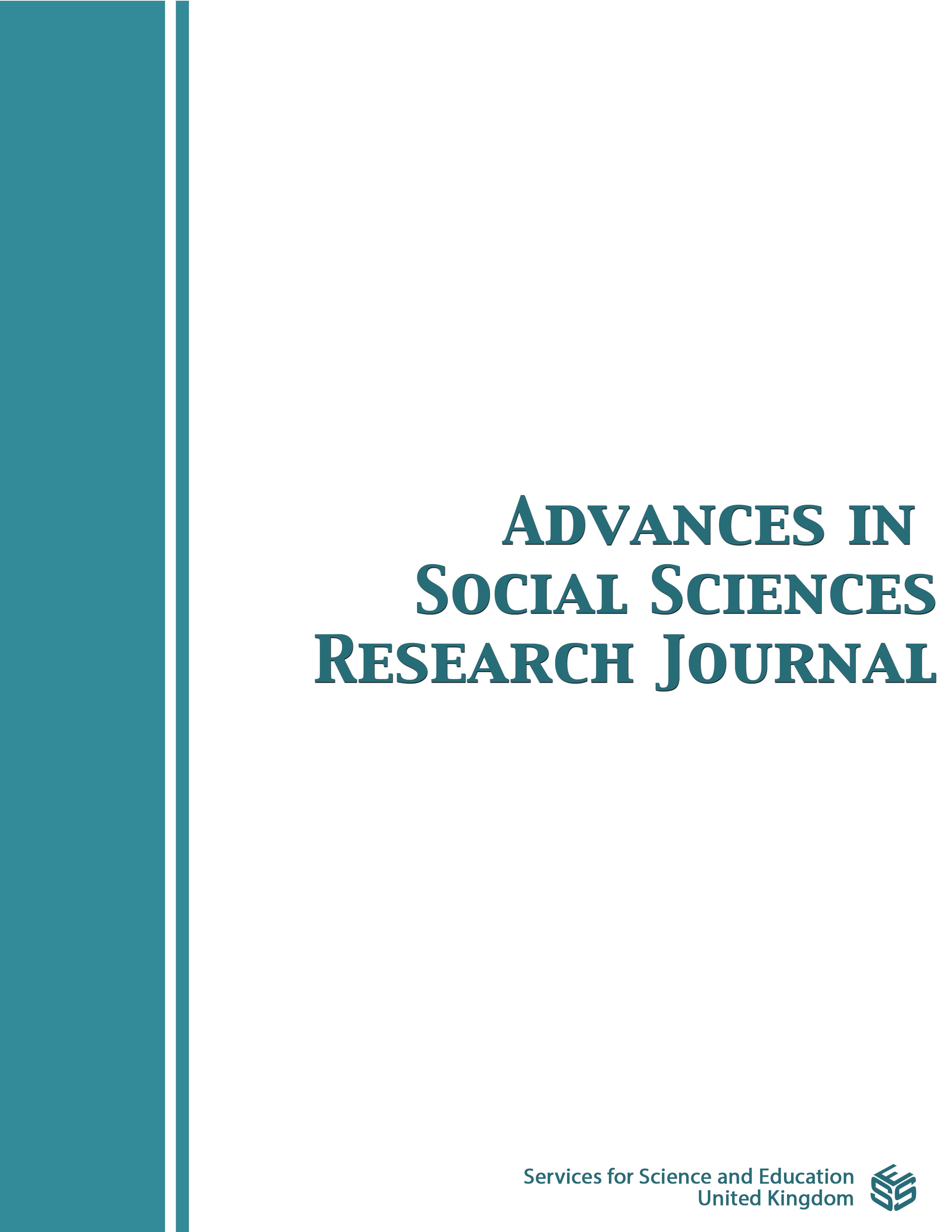Wars and Psychology: a Critical Perspective
DOI:
https://doi.org/10.14738/assrj.96.12527Keywords:
war psychology, positive and negative psychology, Transformation and Reconciliation, Russian WarAbstract
In this article we try to answer the question what the contribution of psychology is to the prevention and deterrence of wars. It should not be forgotten that in the twentieth century alone almost every year a new war started somewhere in the world. Added up over many centuries, the number of perpetrators, victims and witnesses must be immense. The bold thesis launched here is that almost every family (through living relatives and ancestors) on earth carries a story about a war and what that war has meant to the family and ancestors. This article uses a literature review. This study teaches us that psychology, too, as a scientific and practice-oriented study, lends its ears to big money. This took off in the United States of America where psychology gets a huge boost around the two world wars in the twentieth century. In this article, that psychology is also called negative psychology, a psychology that views the human mind and human behaviour primarily from the perspective of "misery. This is mainstream psychology. Fortunately, it is not all doom and gloom. Humanity is saved by positive psychology where hope, resilience and sources of power of (groups of) people are central. The psychology or Transformation and Reconciliation developed by Tutu and Tutu is a wonderful example of this. In short, the contribution of psychology to the monitoring and maintenance of peace can be called meagre. Indeed, on top of all that, psychologists will have to deal with the "laws" of epigenetics. A solution will have to be found for the "cruelty" transmitted through DNA by wars from person to person. One possible research direction in this regard is the study of intergenerational trauma. Central to this is the right to self-determination of every human being and every group of human beings.
Downloads
Published
How to Cite
Issue
Section
License
Copyright (c) 2022 Carl H. D. Steinmetz

This work is licensed under a Creative Commons Attribution 4.0 International License.
Authors wishing to include figures, tables, or text passages that have already been published elsewhere are required to obtain permission from the copyright owner(s) for both the print and online format and to include evidence that such permission has been granted when submitting their papers. Any material received without such evidence will be assumed to originate from the authors.






